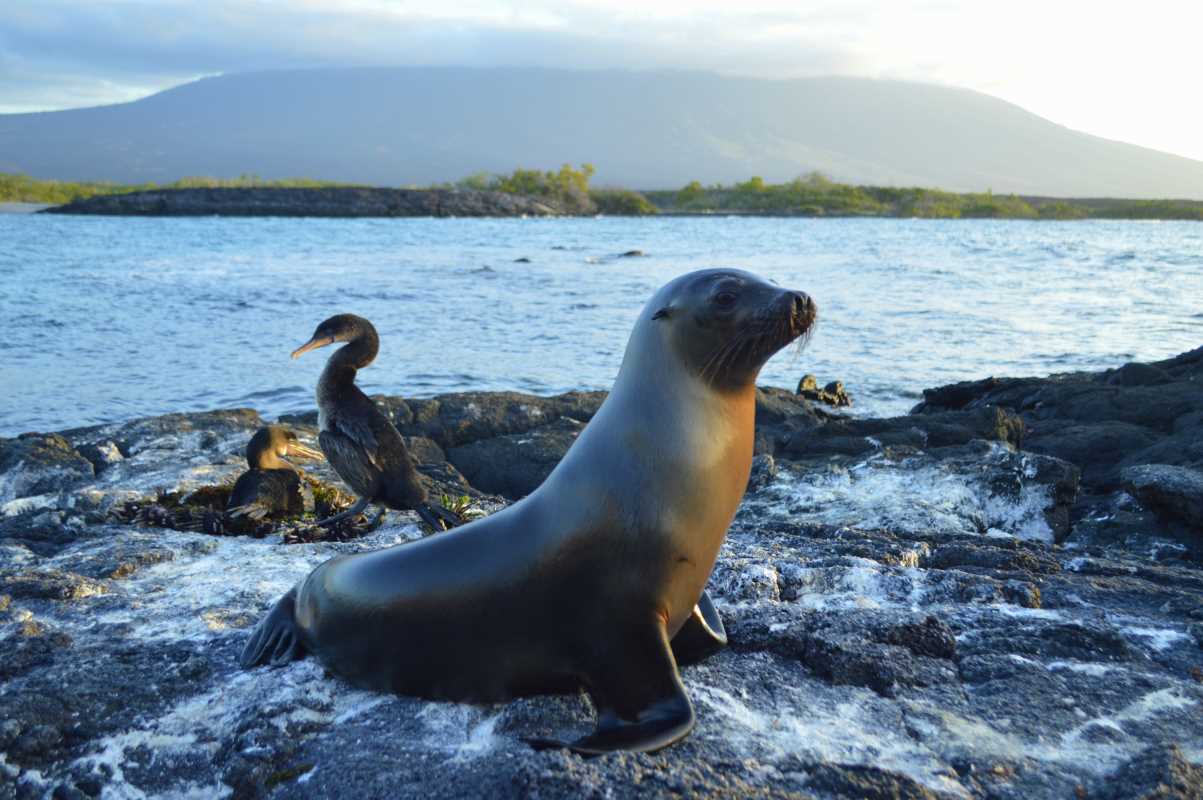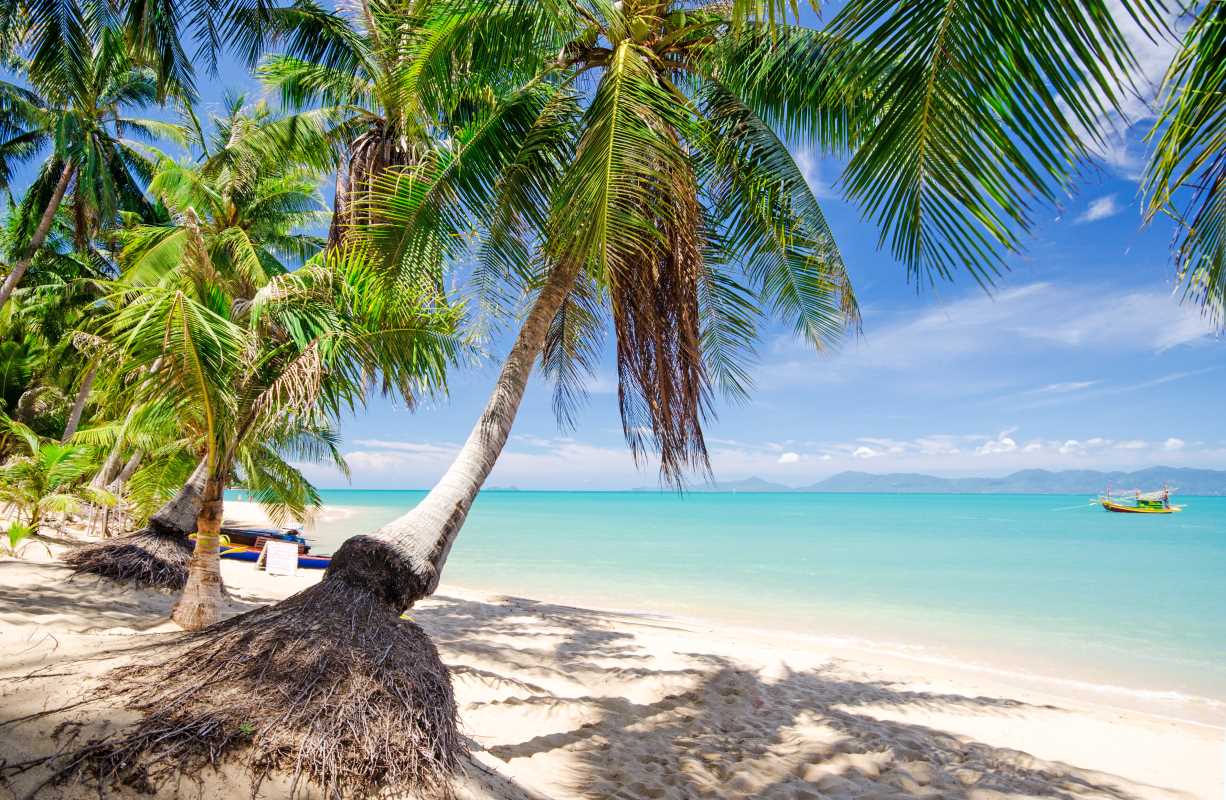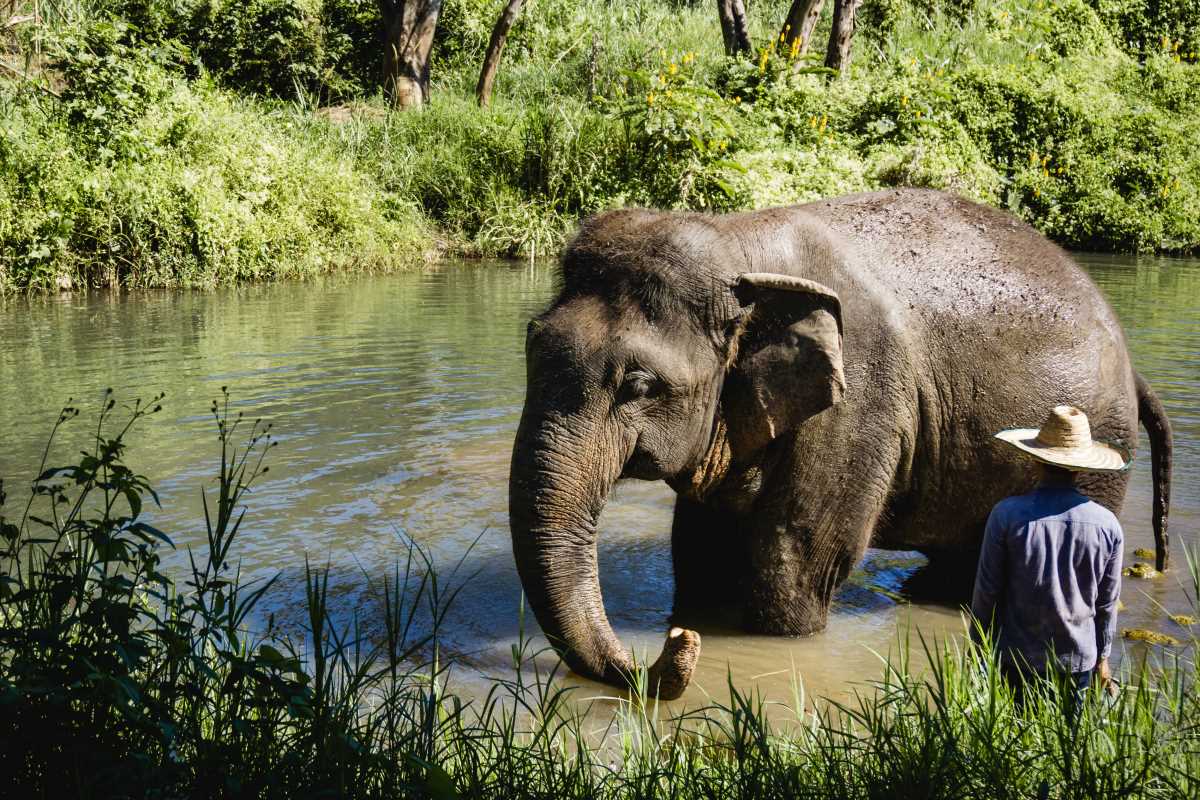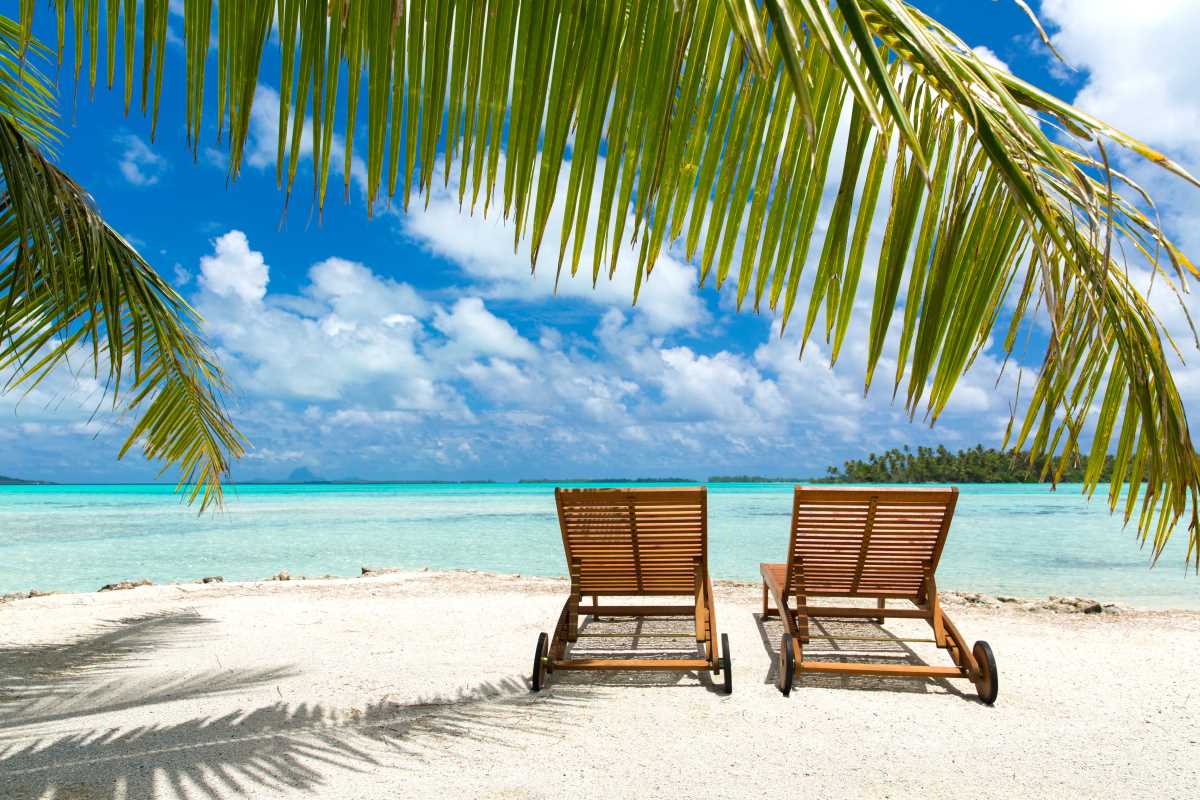There’s something magical about stepping into a place where nature rules. Wildlife preserves and conservation areas are scenic getaways that play a critical role in protecting wild creatures and their habitats. These spaces allow visitors to experience up-close encounters with nature’s wonders while also learning about the importance of conservation. Whether you love spotting exotic animals, exploring lush forests, or simply soaking in natural beauty, there’s a wildlife destination that’s perfect for you.
From wetlands in Florida to the plains of Africa, here are ten incredible places that demonstrate the rich diversity of our planet. Each one offers a unique opportunity to experience nature up close, leaving you with memories you’ll never forget.
1. Yellowstone National Park, USA
Yellowstone may be America’s first national park, but it’s also a haven for wildlife. This vast area, stretching across Wyoming, Montana, and Idaho, is home to iconic species like bison, elk, wolves, and grizzly bears. Visitors can explore scenic geysers, boiling mud pots, and colorful hot springs while keeping an eye out for wildlife. Lamar Valley, nicknamed “America’s Serengeti,” is particularly popular for animal spotting.
2. Everglades National Park, USA
Although not officially a wildlife preserve, the Everglades is a UNESCO World Heritage Site and a vital ecosystem nestled in southern Florida. It’s a haven for unique species like the Florida panther, manatees, and American crocodiles. The winding mangroves, grassy wetlands, and slow-moving waters provide incredible wildlife viewing opportunities. Explore the park by kayak or airboat to witness its biodiversity in action.
3. Kruger National Park, South Africa
Kruger National Park offers visitors a front-row seat to some of Africa’s most famous animals. Known as one of the best locations to spot the "Big Five" (lion, leopard, elephant, rhinoceros, and buffalo), this park spans nearly 5 million acres. For the adventurous, self-drive safaris allow you to explore the park at your own pace.
4. The Galápagos Islands, Ecuador
The Galápagos Islands are a dream destination for nature lovers. This volcanic archipelago lies 600 miles off the coast of Ecuador and is renowned for its role in inspiring Darwin’s theory of evolution. Because the animals here have little fear of humans, you can get strikingly close to giant tortoises, blue-footed boobies, and marine iguanas. Guided eco-tours give visitors an intimate look at this pristine environment.
5. Serengeti National Park, Tanzania
If you’ve seen documentaries about the Great Migration, chances are they were filmed in the Serengeti. Every year, over two million wildebeests, zebras, and gazelles make their way across this iconic Tanzanian park in search of greener pastures. Along with its breathtaking wildlife spectacles, the Serengeti is also known for its large predator populations, including lions, cheetahs, and hyenas.
6. Great Barrier Reef Marine Park, Australia
The Great Barrier Reef isn’t technically a wildlife preserve, but it’s one of the most important marine parks in the world. Stretching over 1,400 miles along Australia’s northeastern coast, this underwater wonderland is home to thousands of marine species, including sea turtles, coral, and sharks. Unfortunately, the reef faces threats from climate change, making conservation efforts vital. Snorkeling or scuba diving here allows visitors to marvel at the vibrant marine life while supporting eco-tourism.
7. Banff National Park, Canada
Banff, located in the heart of the Canadian Rockies, is Canada’s oldest national park and a great place to see wildlife year-round. You might catch glimpses of elk, bighorn sheep, black bears, and more as you explore its dense forests and glacial lakes. During winter, the park’s snowy landscapes create a magical backdrop for wildlife tracking and photography.
8. The Pantanal, Brazil
Unlike a single preserve, the Pantanal is the world's largest tropical wetland. Spanning multiple protected areas in Brazil, it’s a biodiversity hotspot, home to incredible creatures like jaguars, caimans, capybaras, and giant otters. Because the wetland is relatively open, it’s easier to spot wildlife here compared to the dense Amazon rainforest. Guided boat tours or safaris are the best way to explore this conservation paradise.
9. Chitwan National Park, Nepal
Chitwan National Park is one of Asia’s best places to see rare species like the one-horned rhinoceros and Bengal tiger. Situated in the subtropical lowlands of Nepal, this park offers visitors the chance to go on jeep safaris, jungle walks, or even river canoeing. Keep an eye out for over 500 species of birds soaring above the park's lush grasslands and forests.
10. Corcovado National Park, Costa Rica
Costa Rica is famed for its biodiversity, and Corcovado National Park is its crown jewel. Sitting along the country’s Pacific coast, this park is packed with wildlife. Visitors might encounter monkeys, sloths, macaws, and even tapirs among the rainforest’s towering trees. Corcovado’s combination of jungle, beaches, and mangroves makes it one of the most ecologically diverse spots on the planet.
The world is full of remarkable places where wildlife thrives, many of which are actively protected through conservation efforts. Visiting these preserves, parks, and protected areas not only offers a chance to see incredible animals and landscapes but also supports their future. Knowing the difference between national parks and other protected zones helps us appreciate the variety of efforts taking place to safeguard the natural world.
Now is the perfect time to plan a trip, immerse yourself in a new environment, and come away inspired to protect the planet.
 (Image via
(Image via





.jpg)